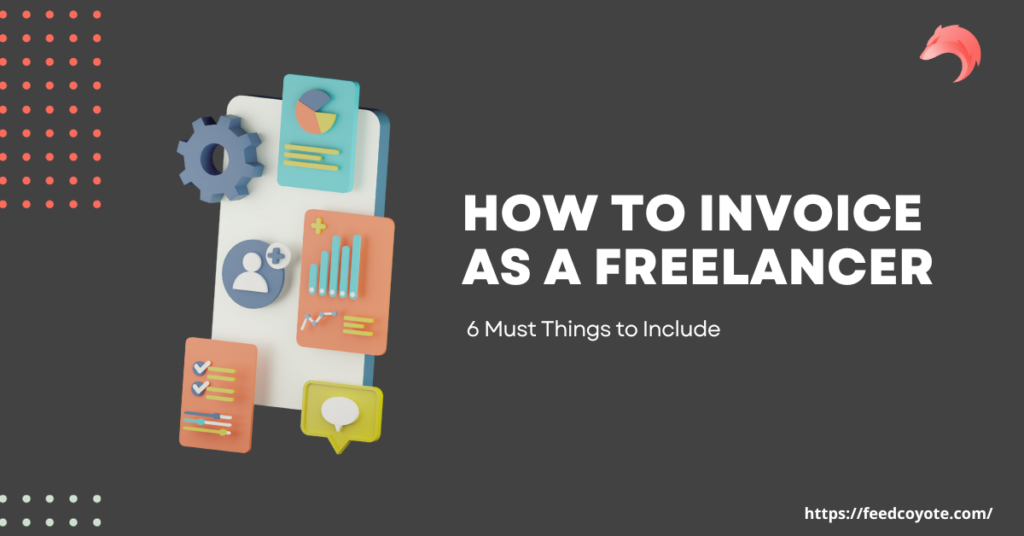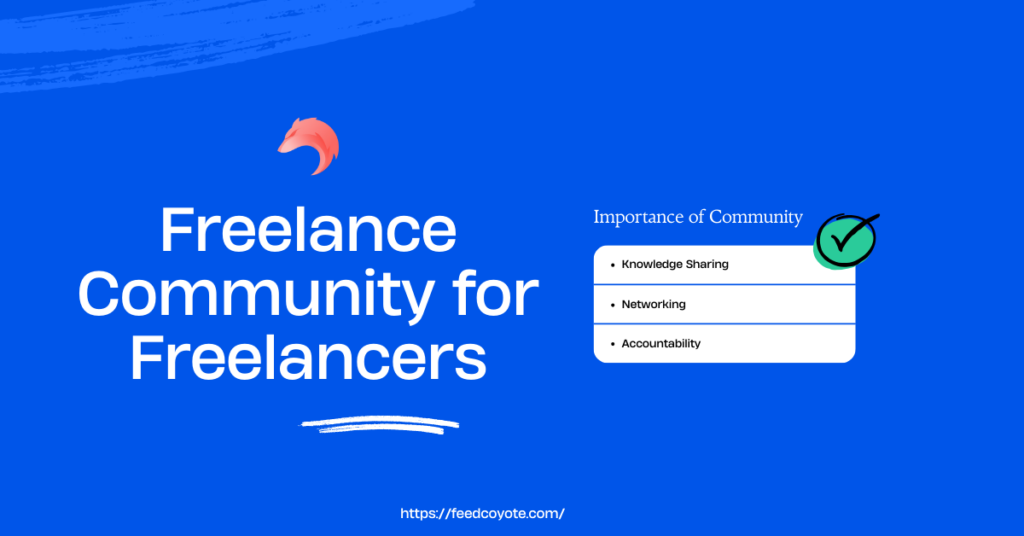Listen Summary of this Article –
Setting Up Your Invoicing System
As a freelancer, setting up an efficient invoicing system is crucial for ensuring you get paid in a timely manner for your work. Here are some steps to help you set up your invoicing system:
1. Choose the right software: There are many invoicing software options available that can help streamline the invoicing process for you. Some popular choices include FreshBooks, QuickBooks, and Wave. Do some research to find the software that best fits your needs and budget.
2. Include all necessary information: Make sure your invoices include all necessary information, such as your name or business name, contact information, the client’s name and contact information, a detailed description of the work completed, the rate or fee for each task completed, and the total amount due.
3. Set clear payment terms: Clearly outline your payment terms on your invoices, including the due date for payment, accepted payment methods, and any late fees or penalties for overdue payments. This will help avoid any confusion or delays in payment.
4. Keep accurate records: It’s important to keep accurate records of all your invoices, payments received, and outstanding balances. This will help you track your income and expenses, as well as follow up on any unpaid invoices or late payments.
5. Send invoices promptly: Be sure to send your invoices promptly after completing the work or reaching a milestone in the project. This will help ensure that your client pays you in a timely manner and helps you maintain a steady cash flow.
6. Follow up on overdue payments: If a client fails to pay by the due date, don’t be afraid to follow up with a friendly reminder. You can send a polite email or make a phone call to inquire about the status of the payment. It’s important to address overdue payments promptly to avoid any cash flow issues for your business.
7. Consider using online payment options: Offering online payment options, such as PayPal or Stripe, can make it easier for your clients to pay you quickly and conveniently. This can help improve your cash flow and reduce the time it takes for you to receive payment.
8. Stay organized: Keep track of all your invoices in a centralized location, whether that’s within your invoicing software or a folder on your computer. This will help you easily access past invoices, track payments, and stay organized throughout the invoicing process.
What to Include in an Invoice
As a freelancer, sending out invoices is a crucial part of getting paid for your work. An invoice serves as a formal request for payment and outlines the details of the services you provided. It is important to include specific information in your invoice to ensure timely and accurate payment.
Here are some key elements to include in an invoice as a freelancer:
1. Your contact information: Be sure to include your full name or business name, address, phone number, and email address on the invoice. This makes it easy for the client to contact you with any questions or concerns.
2. Client’s contact information: Include the client’s name, company name (if applicable), address, phone number, and email address on the invoice. This ensures that the invoice is directed to the correct person for payment.
3. Due date for payment: Clearly state the due date for payment on your invoice. This gives your client a deadline to submit payment and helps you manage your cash flow effectively. If you offer a grace period or late fees for overdue payments, be sure to include this information in the payment terms section of your invoice.
4. Description of services: Provide a detailed description of the services you provided, including the date the work was completed, the hours worked (if applicable), and a brief summary of the tasks performed. This helps your client understand what they are being billed for and can help avoid any disputes over charges.
5. Rate or fee for each task: Clearly outline the rate or fee for each task or service provided in your invoice. This helps the client understand how the final amount was calculated and ensures transparency in your billing process.
Tips for Creating Professional Invoices
As a freelancer, creating professional invoices is crucial to ensure you get paid on time and maintain a good relationship with your clients. Here are some tips for creating professional invoices:
1. Include your contact information: Make sure to include your name, address, phone number, and email address at the top of the invoice. This makes it easy for clients to reach out to you if they have any questions or concerns about the invoice.
2. Use a professional invoice template: Consider using an online invoicing tool or template to create your invoices. This can help you save time and ensure that your invoices look polished and consistent.
3. Be clear and concise: Use clear and concise language when describing the services you provided on the invoice. Avoid using jargon or technical terms that may confuse your client.
4. Provide payment terms: Clearly outline the payment terms on your invoice, including accepted forms of payment, any late fees or discounts for early payment, and whether a deposit is required upfront. This helps set expectations with your clients and ensures that both parties are on the same page regarding payment.
5. Send invoices promptly: Send out your invoices promptly after completing the work or reaching a milestone in the project. This helps you get paid faster and shows your clients that you are organized and professional.
6. Follow up on unpaid invoices: If a client has not paid by the due date, don’t hesitate to follow up with a friendly reminder. Be polite but firm in your communication, and offer to answer any questions or address any concerns the client may have. This can help resolve any issues and ensure you receive payment in a timely manner.
7. Keep detailed records: Keep detailed records of all your invoices, payments received, and any correspondence with clients regarding billing. This can help you stay organized and track your income for tax purposes.
Tracking Invoices and Payments
As a freelancer, tracking your invoices and payments is crucial for maintaining a healthy cash flow and ensuring that you get paid for your hard work. Here are some tips on how to effectively track your invoices and payments:
1. Use an invoicing software: There are many invoicing software options available that can help you create professional-looking invoices, track payments, and send reminders to clients who have not yet paid 2. Set up a system: Create a system for organizing and tracking your invoices and payments. This could be a spreadsheet, folder system on your computer, or a physical file cabinet. Make sure to keep all invoices and receipts in one place for easy reference.
3. Follow up on late payments: If a client has not paid by the due date, don’t be afraid to follow up with a friendly reminder. Send a polite email or make a phone call to inquire about the status of the payment. Be professional and understanding, but also firm in your request for payment.
4. Keep communication open: Maintain open communication with your clients regarding invoices and payments. If there are any issues or delays on their end, address them promptly and work together to find a solution that works for both parties.
Tracking invoices and payments is essential for freelancers to ensure they are paid on time and maintain a steady income. Using invoicing software can streamline the process and help you stay organized. Set up a system that works for you, whether it’s a spreadsheet or physical files, to keep track of all your invoices and receipts in one place.
Create and Track Invoice with Feedcoyote
Ready to take your invoicing game to the next level? Join Feedcoyote for a seamless invoicing experience that opens doors to global clientele. With Feedcoyote, you can effortlessly create professional invoices and attract quality clients from around the world. Elevate your freelancing journey and streamline your invoicing with Feedcoyote today!
FAQ’s
- Do I need specialized software for invoicing as a freelancer?
- While not mandatory, using invoicing software can enhance efficiency.
- How can I handle late payments without damaging client relationships?
- Approach late payments with understanding, communicate openly, and establish clear late payment policies.
- What should I include in my invoice to ensure clarity?
- Ensure your invoice includes a detailed breakdown of services, costs, payment terms, and your contact information.
- Are there specific tax considerations for freelancers?
- Freelancers should keep accurate records, set aside funds for taxes, and consider consulting a tax professional for guidance.
- Can innovative invoicing techniques really make a difference?
- Yes, innovative invoicing techniques can set you apart and leave a positive impression on clients.





